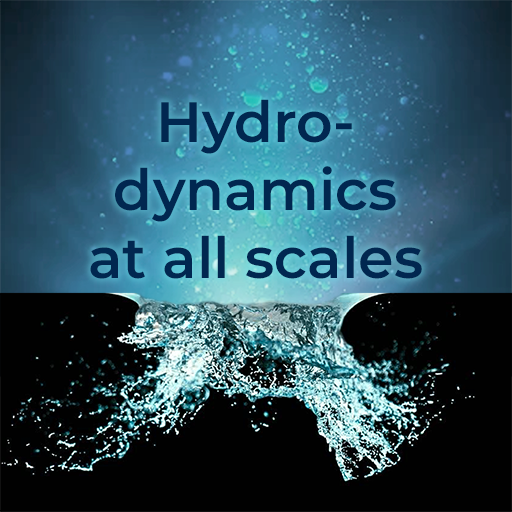Description
When very small particles are suspended in a fluid in motion, they tend to follow the flow. How such
tracer particles are mixed, transported, and dispersed by turbulent flow has been successfully described by statistical
models. Heavy particles, with mass densities larger than that of the carrying fluid, can detach from the flow. This
results in preferential sampling, small-scale fractal clustering, and large collision velocities. To describe these effects
of particle inertia, it is necessary to consider both particle positions and velocities in phase space. In recent years,
statistical phase-space models have significantly contributed to our understanding of inertial-particle dynamics in
turbulence. These models help to identify the key mechanisms and non-dimensional parameters governing the
particle dynamics, and have made qualitative, and in some cases quantitative predictions. This article reviews
statistical phase-space models for the dynamics of small, yet heavy, spherical particles in turbulence. We evaluate
their effectiveness by comparing their predictions with results from numerical simulations and laboratory
experiments, and summarise their successes and failures.

